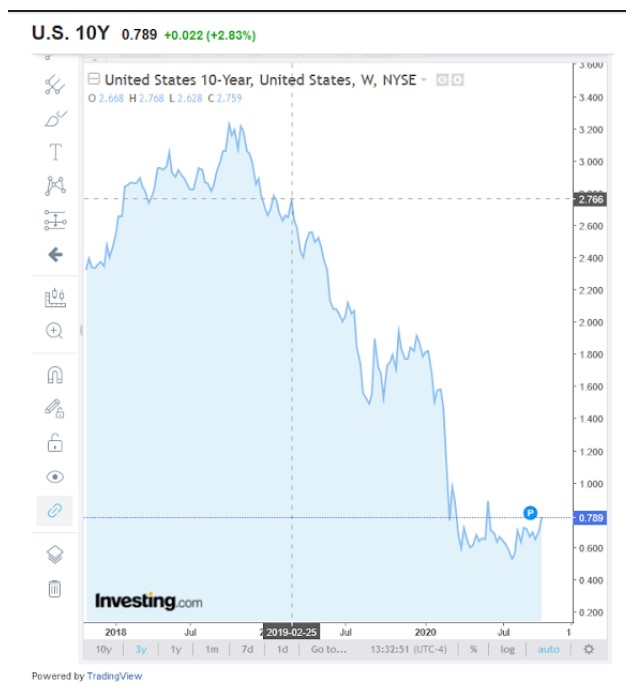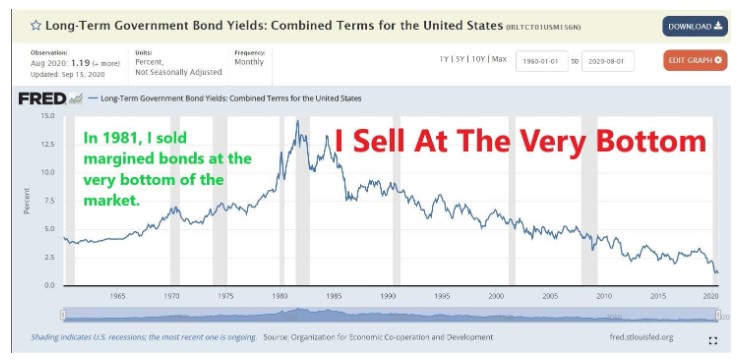Previously we discussed the concept of “Opportunity Cost”. If you choose to do one thing, you forgo many other choices. This “cost” is true whether it is money, time or any other asset.
We talked about the opportunity cost of going on a ‘once in a lifetime’ 10 day trip to the 75th anniversary of D Day on Omaha Beach in the middle of our Valencia house deal. We talked about the opportunity cost of buying a classic car in 1984 for $10,000.
Here are the other 9 investment options, in (perceived) order of risk to capital:
- Cash
- US Treasury Note
- Bank Certificate of Deposit (CD)
- A Bond Mutual Fund (VBTLX – Total Bond Market Index Fund)
- A Stock Fund (VTSAX – Total Stock Market Index Fund)
- A REIT Fund (VGSLX – Vanguard REIT)
- Crowfunding (a real estate play)
- Gold
- Angel Investing (investing in start up companies)
Today we are talking about US Treasury notes. What are “US Treasury Notes”?
You can buy Treasury notes by opening an account at the government site, TreasuryDirect.
Or “You can buy Treasury notes directly from the U.S. Treasury or through a bank, broker, or dealer.”
US Treasury notes are, in my opinion, the lowest risk investment, even less risk than cash. The notes are backed by the full faith and credit of the US government. If the US government went bankrupt, you would lose your money. But no other investment would survive, and you would have a lot bigger problems than money.
Notes pay interest which basically makes up for the loss due to inflation. Unlike cash, they cannot be stolen or burn. You will get your capital back at the end of the period (10 years in our case to match our 10-year Monopoly Project planned timeline) and the associated interest due every six month.
TheMonopolyProject “bought” US 10-year Treasury notes in Feb/Mar of 2019 when they were yielding about 2.82%.

Here’s and interactive view:
And like most other investments, you can buy US Treasury notes on margin. Long, long ago; 1981 to be exact, I bought 30-year US Treasury bonds (if the term is longer than 10 years, it’s a “bond”, not a note) on 90% margin. That is, I put up 10% of the face value and borrowed the remainder from the broker, Charles Schwab as I remember. I have repressed most of the memory and my records from 40 years ago are spotty. Why repressed? Because I ended up selling at the exact bottom of the market. After I bought on margin, interest rates continued to rise (thanks, Paul Volcker).
So, the value of the bonds decreased. Schwab sent me a margin call: I have to put up more money to maintain the 90% margin or liquidate my position and take my losses. I put up the extra money. Then a few months later, another margin call. It was “only” six hundred and some dollars. I threw in the towel and took my losses. That was the ‘bottom’ of the market as you see in 1981 gray band below. Bonds have been in an unprecedented 30 year bull market ever since:

Here’s an interactive view:
In summary, US Treasury Notes are a good place to “park” money with virtually no risk to capital (the interest paid makes up for inflation). This was what the “Master” suggested as a minimum for wise investing in “The Parable of the Talents” from our discussion “Opportunity Cost – Cash: Sinful or Not?”
Next, we’ll look at a Certificate of Deposit (CD); sort of a US Treasury Note at with private bank.
